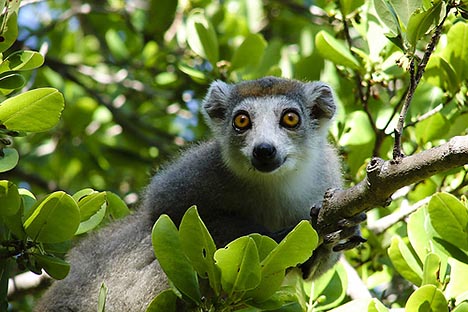Madagascar, the fourth largest island in the world, is known for its unique biodiversity and rich cultural heritage. However, it is also a country that has been plagued by chronic poverty, political instability, and inadequate infrastructure. One of the most pressing challenges faced by Madagascar is the lack of access to reliable and affordable electricity, which is a key driver of economic growth and social development. Currently, only about 15% of the population has access to electricity, and the majority of those who do are concentrated in urban areas. The national power grid is heavily reliant on expensive and polluting diesel generators, which contribute to high electricity tariffs and a large fiscal burden on the government.
In recent years, there has been growing interest in the potential of renewable energy sources to help address Madagascar’s energy challenges. Among these, wind energy stands out as a particularly promising option, given the island’s unique geographical location and meteorological conditions. Madagascar is situated in the path of the Indian Ocean trade winds, which blow consistently from the southeast throughout the year. These winds have been harnessed by sailors for centuries to facilitate trade and navigation, and they could now be tapped to generate clean and sustainable electricity for the Malagasy people.
The potential of wind energy in Madagascar has been recognized by both national and international stakeholders. In 2016, the government launched the National Energy Policy, which aims to increase the share of renewable energy in the country’s energy mix to 85% by 2030, with a particular focus on wind and solar power. This ambitious target is supported by various international organizations, such as the World Bank and the African Development Bank, which have provided funding and technical assistance for renewable energy projects in Madagascar.
One of the most significant wind energy projects currently underway in Madagascar is the Andranotakatra Wind Farm, located in the northwestern region of the island. This project, which is being developed by a consortium of international investors and local partners, aims to install 120 wind turbines with a total capacity of 240 megawatts (MW). Once completed, the Andranotakatra Wind Farm will be the largest wind power facility in the Indian Ocean region and will generate enough electricity to supply approximately 500,000 households.
The development of wind energy in Madagascar faces several challenges, including the need for significant investments in grid infrastructure and the establishment of a supportive regulatory framework. However, there are also many factors that make wind power an attractive option for the country. First, wind energy is a clean and sustainable source of electricity, which can help Madagascar reduce its dependence on imported fossil fuels and decrease its greenhouse gas emissions. Second, wind power has the potential to create jobs and stimulate local economic development, particularly in rural areas where unemployment rates are high and access to electricity is limited. Finally, wind energy can contribute to the diversification of Madagascar’s energy mix, which is essential for ensuring the security and resilience of the national power system.
In conclusion, harnessing the power of the trade winds represents a unique opportunity for Madagascar to address its energy challenges and unlock its full potential as a leader in renewable energy development. By investing in wind power, the country can not only improve the living conditions of its population but also set an example for other island nations that face similar energy constraints. The success of the Andranotakatra Wind Farm and other similar projects will depend on the ability of the government and its partners to overcome the various technical, financial, and regulatory obstacles that lie ahead. However, the potential rewards of this endeavor are too great to ignore, and the winds of change are already beginning to blow across the Malagasy landscape.


